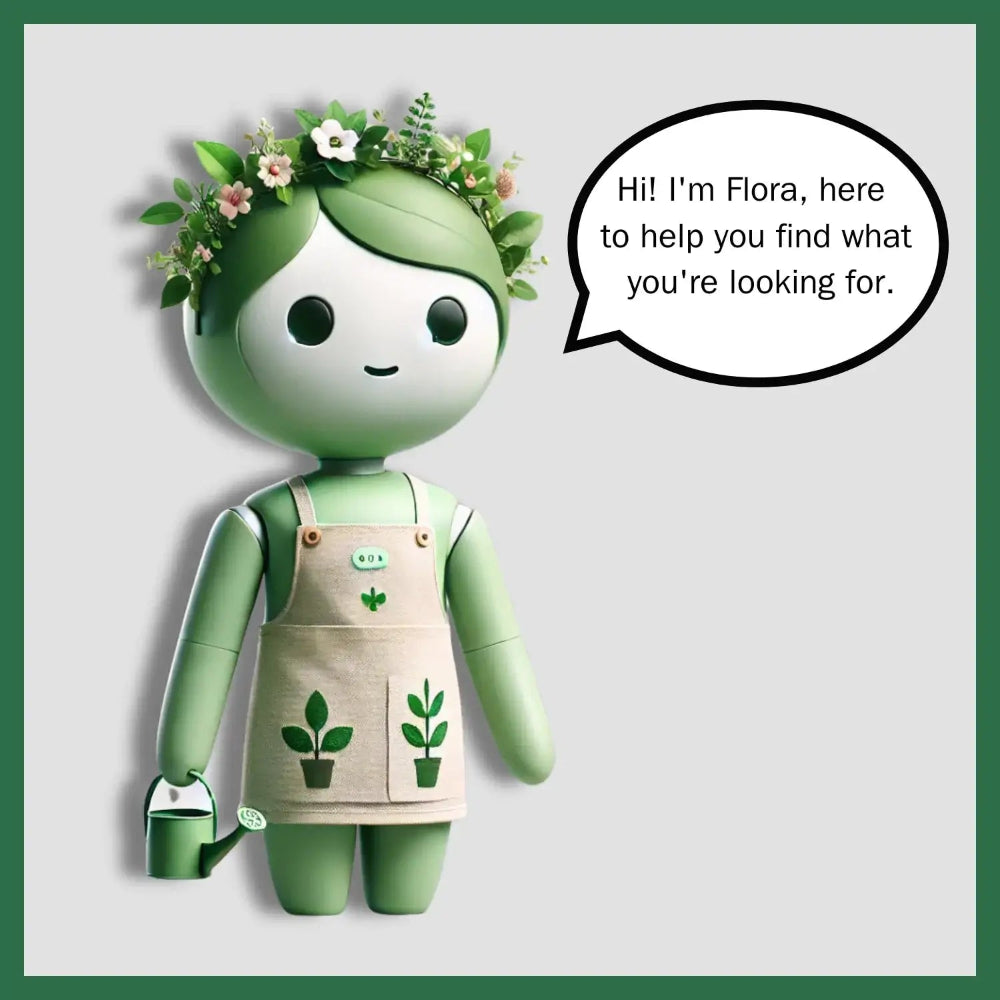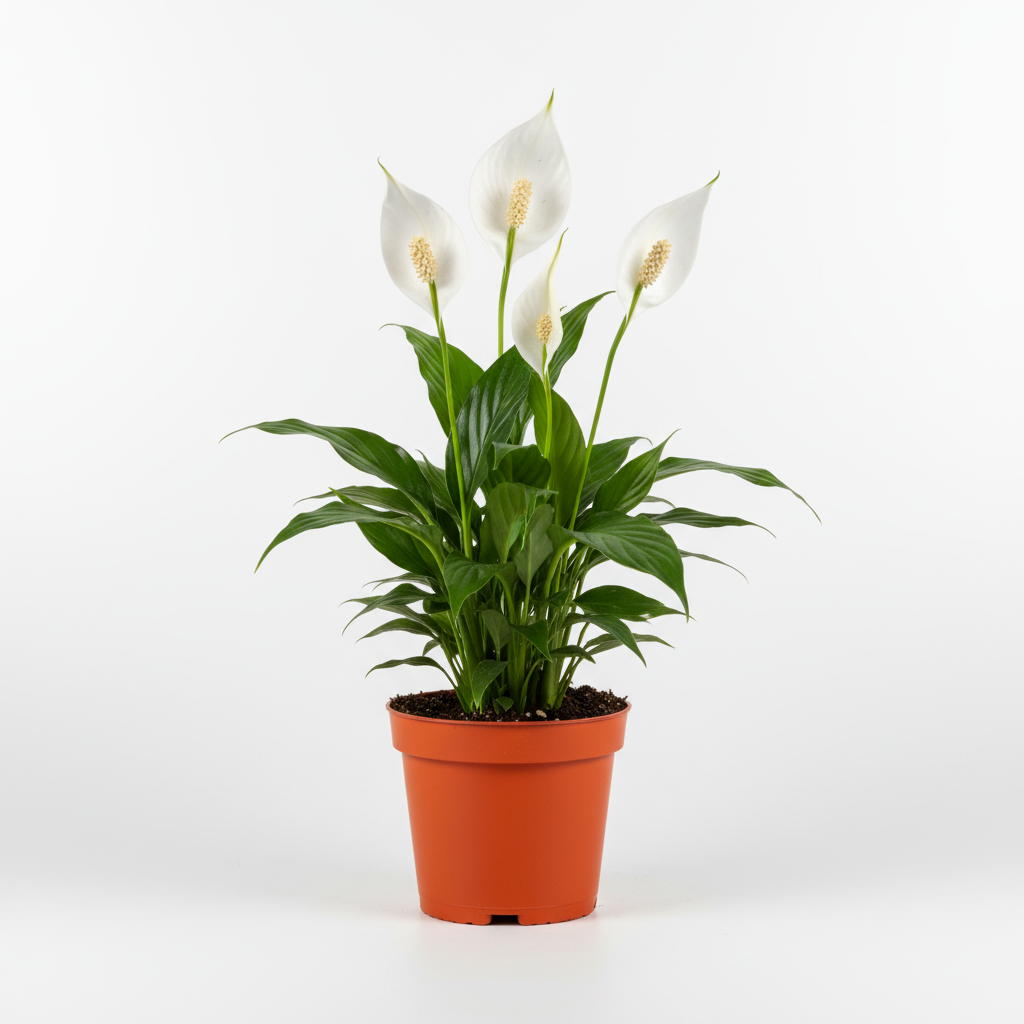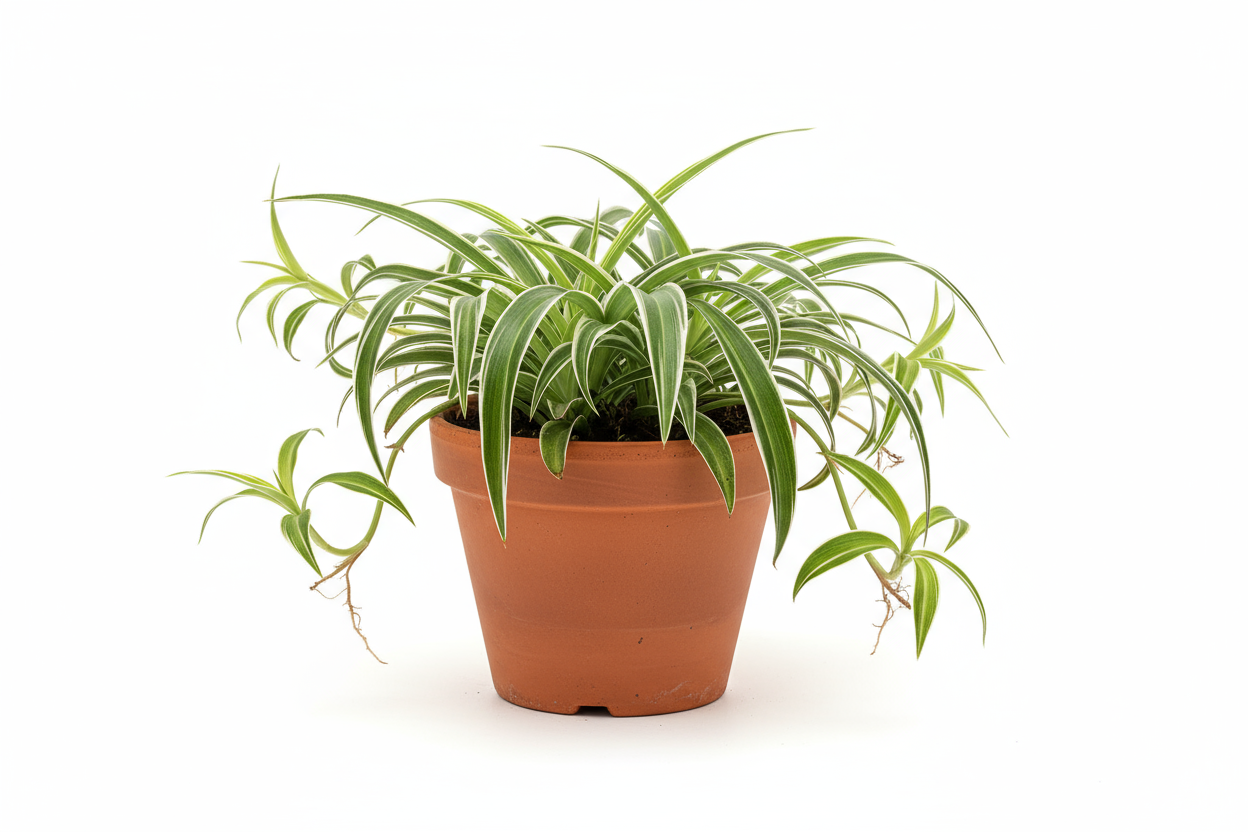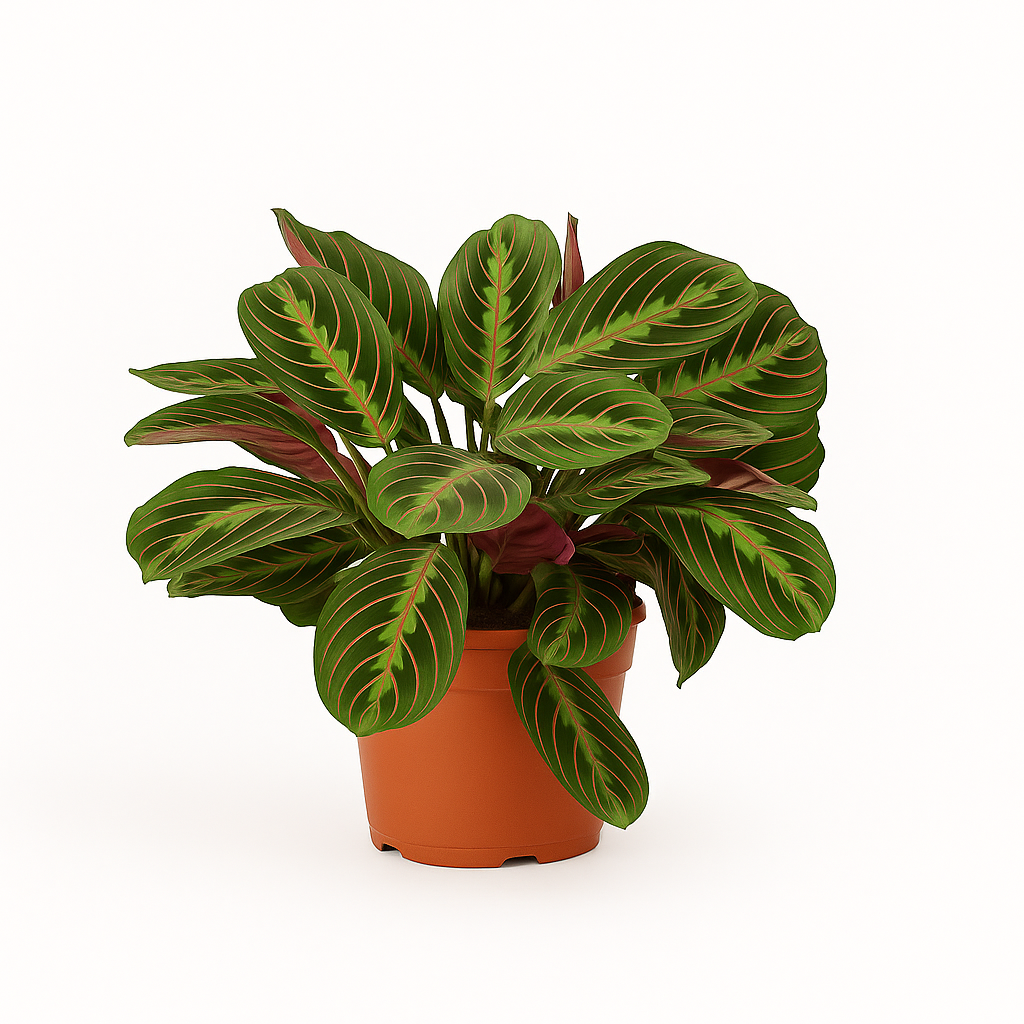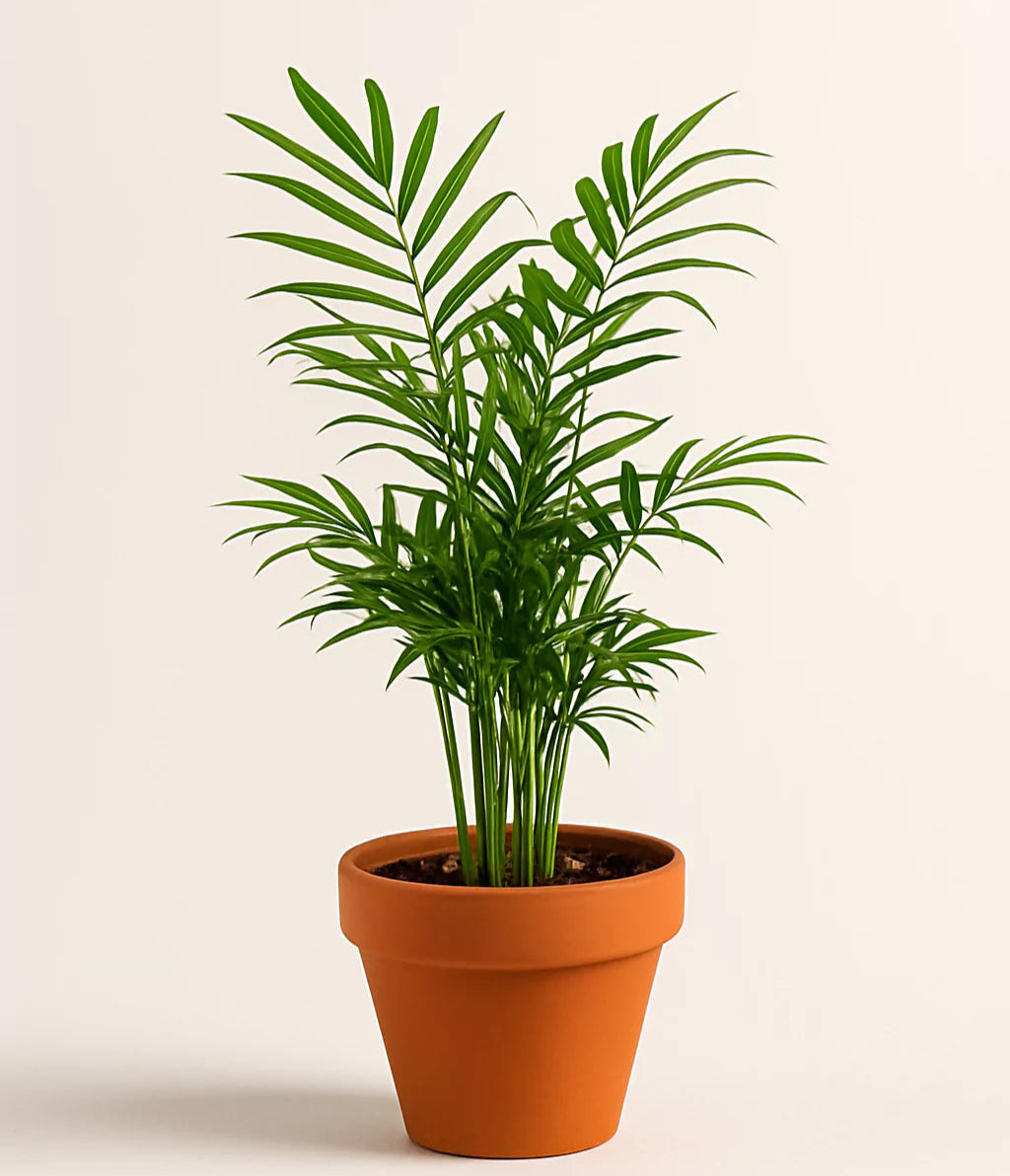Welcome to 'All About Planties'! 🌿 You might be wondering if your indoor plants can enjoy some time outdoors. The answer is yes, but there are a few things to consider to ensure they thrive. Here's a guide to safely transitioning your houseplants outside and the benefits they can gain from it.
Benefits of Taking Houseplants Outside
- Increased Light Exposure: Outdoor light, even in shaded areas, is generally brighter and more consistent than indoor light, which can promote healthy growth.
- Fresh Air: Fresh air can improve plant respiration and overall health.
- Natural Rainwater: Rainwater is free of chemicals found in tap water and can provide beneficial nutrients.
- Pest Control: Natural predators can help manage indoor plant pests.
Steps to Transition Houseplants Outside
1. Acclimate Gradually
Process:
- Start by placing your plants in a shaded, protected area for a few hours each day.
- Gradually increase the time they spend outside over a week or two.
- Slowly introduce them to brighter light, but avoid direct midday sun to prevent sunburn.
2. Choose the Right Location
Considerations:
- Light Requirements: Match the outdoor location to the plant's light needs. Shade-loving plants should remain in shaded areas, while sun-loving plants can enjoy brighter spots.
- Protection from Elements: Avoid areas with strong winds or heavy rain. Ensure they are not exposed to extreme temperatures.
3. Monitor Watering Needs
Changes:
- Outdoor conditions can cause soil to dry out faster. Check soil moisture regularly and adjust watering accordingly.
- Be mindful of rain; if it’s been raining frequently, you may not need to water as often.
4. Watch for Pests
Precautions:
- Inspect plants regularly for pests that might be more prevalent outdoors.
- Use natural pest control methods if needed to prevent infestations from spreading indoors.
Houseplants That Enjoy Outdoor Time
1. Spider Plant (Chlorophytum comosum)
- Thrives in bright, indirect light.
- Benefits from fresh air and natural light.

2. Snake Plant (Sansevieria trifasciata)
- Tolerates a wide range of light conditions.
- Hardy and easy to care for outdoors.

3. Pothos (Epipremnum aureum)
- Prefers shaded or partially shaded areas.
- Enjoys the humidity and natural light outdoors.

4. Peace Lily (Spathiphyllum)
- Prefers indirect light and high humidity.
- Can benefit from the increased moisture and light outdoors.

FAQs on Taking Houseplants Outside
Q: How long should houseplants stay outside?
A: They can stay outside during the warmer months, but should be brought back inside before temperatures drop below 55°F (13°C).
Q: Can all houseplants go outside?
A: Not all houseplants are suitable for outdoor conditions. Research your specific plant's needs to ensure it can handle the transition.
Q: What should I do before bringing plants back inside?
A: Inspect for pests, trim any dead or damaged leaves, and gradually re-acclimate them to indoor conditions.
Final Thoughts
Taking your houseplants outside can provide numerous benefits, from improved light exposure to natural pest control. By following these steps, you can ensure a smooth transition and enjoy the best of both worlds for your indoor plants. For more plant care tips and a wide selection of plant products, visit our shop and join our community at 'All About Planties'.
Happy planting! 🌱


